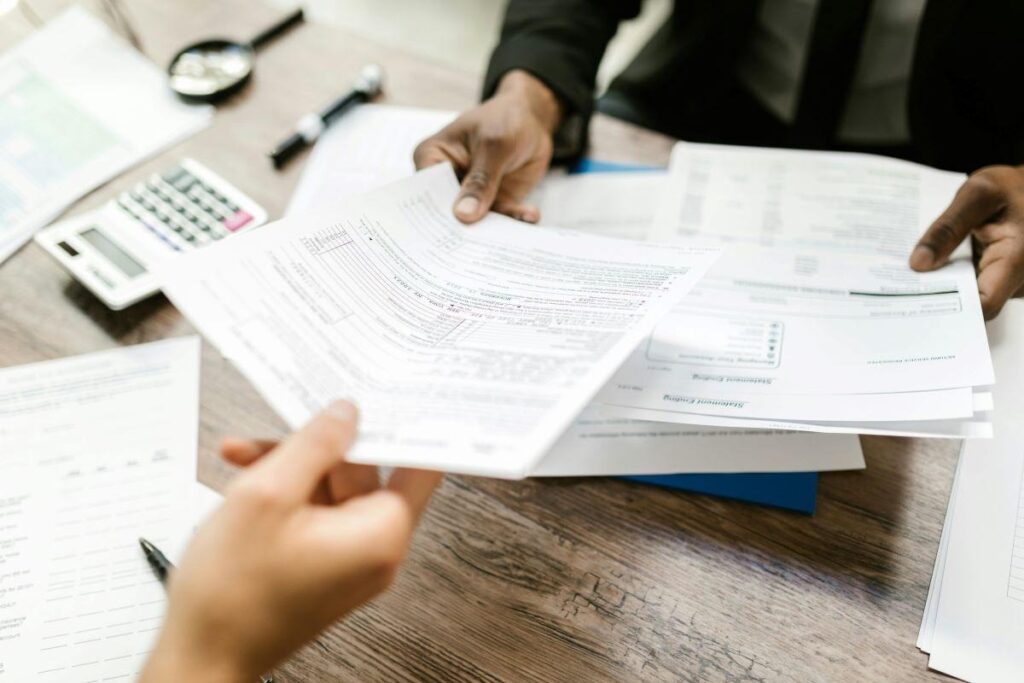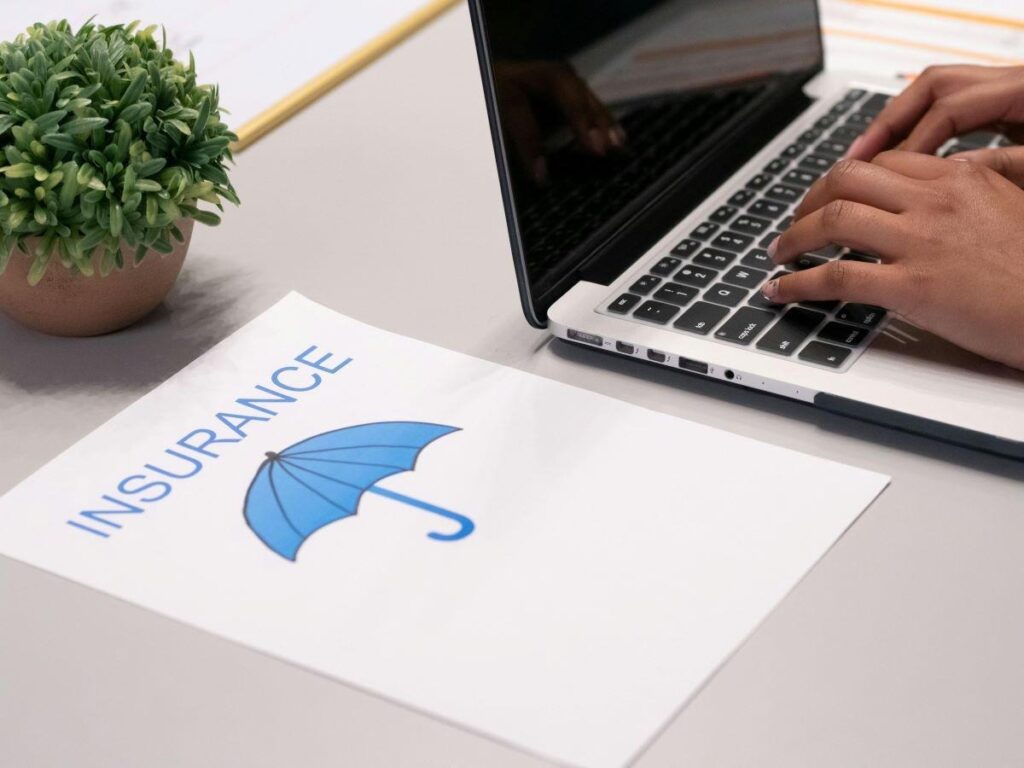Estimated reading time: 6 minutes

Many people rush to sign a lease without thinking about safety. This mistake can cause serious problems later. Understanding safety tips every renter should know is essential before making any commitment. A safe home protects your comfort, belongings, and peace of mind. It also reduces financial risks caused by poor property conditions. To be clear, paying attention to safety before signing can prevent years of stress.
Renting should feel secure, not uncertain. Before you agree to anything, take time to inspect, ask questions, and verify. Every detail counts. From locks to lease clauses, each part affects your safety. The more informed you are, the better choices you make. Simply put, your safety begins before you move in.
Inspect Building Security Beyond the Obvious
Basic locks are not enough. You need to look deeper. Check all entry points for solid frames and working locks. Make sure windows close tightly. Look at the hallway and parking lot lighting. With that said, a well-lit area can stop unwanted visitors. Ask the landlord to show you how access is controlled.
Also, don’t ignore technology; see if cameras or intercom systems work. Confirm if the landlord changes locks after each tenant moves out. On top of that, check if the property has restricted key copies. By comparison, luxury finishes mean little if doors are weak or keys are shared. Review local crime data for extra awareness. It only takes a few minutes to confirm if an area is safe.
Prepare Safely When Moving Into Your New Place
Moving day can feel exciting, but it can be stressful. Staying organized helps you avoid mistakes and keeps your move safe. First, focus on gathering your documents before relocating. You should create a moving documents checklist to make sure nothing important is forgotten. These papers include your lease agreement, ID copies, renter’s insurance, emergency contacts, and payment receipts. Keeping them together prevents confusion and protects you in case something goes wrong during the move.
Once your paperwork is secure, think about physical safety. Label fragile boxes clearly and lift with your legs, not your back. Make sure paths are clear to avoid tripping. If you’re moving at night, use bright lighting for better visibility. Check that smoke detectors and locks work before unpacking. As such, applying these safety tips every renter should know can turn moving day from chaos into calm. A few organized steps ensure your new home feels safe, comfortable, and ready from the very first night.

Verify the Landlord’s Safety Responsibilities
A responsible landlord ensures safety through maintenance and inspections. Ask about smoke alarms, electrical checks, and gas safety certificates. These small steps can prevent serious accidents. Moreover, make sure they handle repairs quickly. Delays can turn small issues into hazards—request written confirmation for essential checks.
Ask about emergency support after business hours. For example, if a pipe bursts at night, you need fast help. Find out who to call and how long repairs usually take. Confirm if pest and mold control are handled regularly. Equally important, see proof of recent inspections. In comparison, landlords who avoid documentation may hide safety problems.
Evaluate the Neighborhood’s Real Safety Level
Before signing, walk around the area during the day and night. Look at lighting, traffic, and nearby businesses. Talk to people who live there. They’ll share honest experiences. Naturally, online crime maps can reveal local safety concerns. Look beyond property photos and check the real environment.
Notice small but important details. Empty buildings or poor lighting can signal danger. Likewise, proximity to police or fire stations adds security. Check for late-night noise or suspicious activity. All in all, your home’s safety depends as much on the area as on the building itself. For this reason, never skip a neighborhood check.
Check Lease Clauses That Impact Your Safety
Your lease can protect or expose you. Read every section related to maintenance and repairs. Make sure safety upgrades like alarms or cameras are included. Still, avoid leases that leave repair duties unclear. A clear lease saves you from legal trouble later.
Check liability clauses carefully. Ensure you can install safety items, such as smart locks or doorbell cameras. In addition, renter’s insurance may be required—confirm this early. Ask about how management enters your unit for inspections. Meanwhile, unauthorized entry breaks your privacy and safety rights. Always keep a copy of the signed lease.

Assess Fire and Emergency Preparedness
Fire safety often goes unnoticed until it’s too late. Ask about evacuation routes, smoke detectors, and emergency exits. Make sure alarms work and batteries are new. To emphasize, some older buildings fail to update their equipment. That can put everyone at risk.
Locate fire extinguishers and check expiration dates. Ask if there’s an emergency lighting system. If exits are blocked or cluttered, that’s a major warning. Therefore, document any safety gaps before signing the lease. You can request the landlord to fix issues as a condition of moving in.
Confirm Safe Utility and Appliance Conditions
Before you move, inspect all utilities: test lights, outlets, and faucets. Ask for service records for major appliances. Additionally, look for exposed wires or damaged sockets. These are serious hazards. Faulty systems can lead to fire or injury.
Make sure the breaker box is labeled and easy to reach. To add, check heating and ventilation systems for possible leaks. Carbon monoxide exposure is silent and dangerous. Correspondingly, take photos of any defects you find. Keep them for your own protection. They can help you if problems arise later.
Know Your Personal Safety Boundaries and Backup Plans
Safety doesn’t stop once you move in. Share your new address only with trusted people. Save emergency contacts on your phone and in print. For instance, a visible emergency list helps responders in case of an accident.
Install smart locks or security cameras if allowed. They add another layer of protection. Keep a backup place to stay if major repairs or emergencies occur. Conversely, depending only on your landlord for safety limits your control. Stay alert and take small actions that make a big difference.

Safety Tips Every Renter Should Know Before Signing a Lease
Applying these safety tips every renter should know protects you from future stress. Each inspection, question, and document check gives you control. To sum up, safe renting is about being aware and proactive before you sign.
In the end, treat your rental search as an investment in your security. A few hours of preparation can prevent years of problems. Protect your well-being, your space, and your peace of mind by making safety your priority.